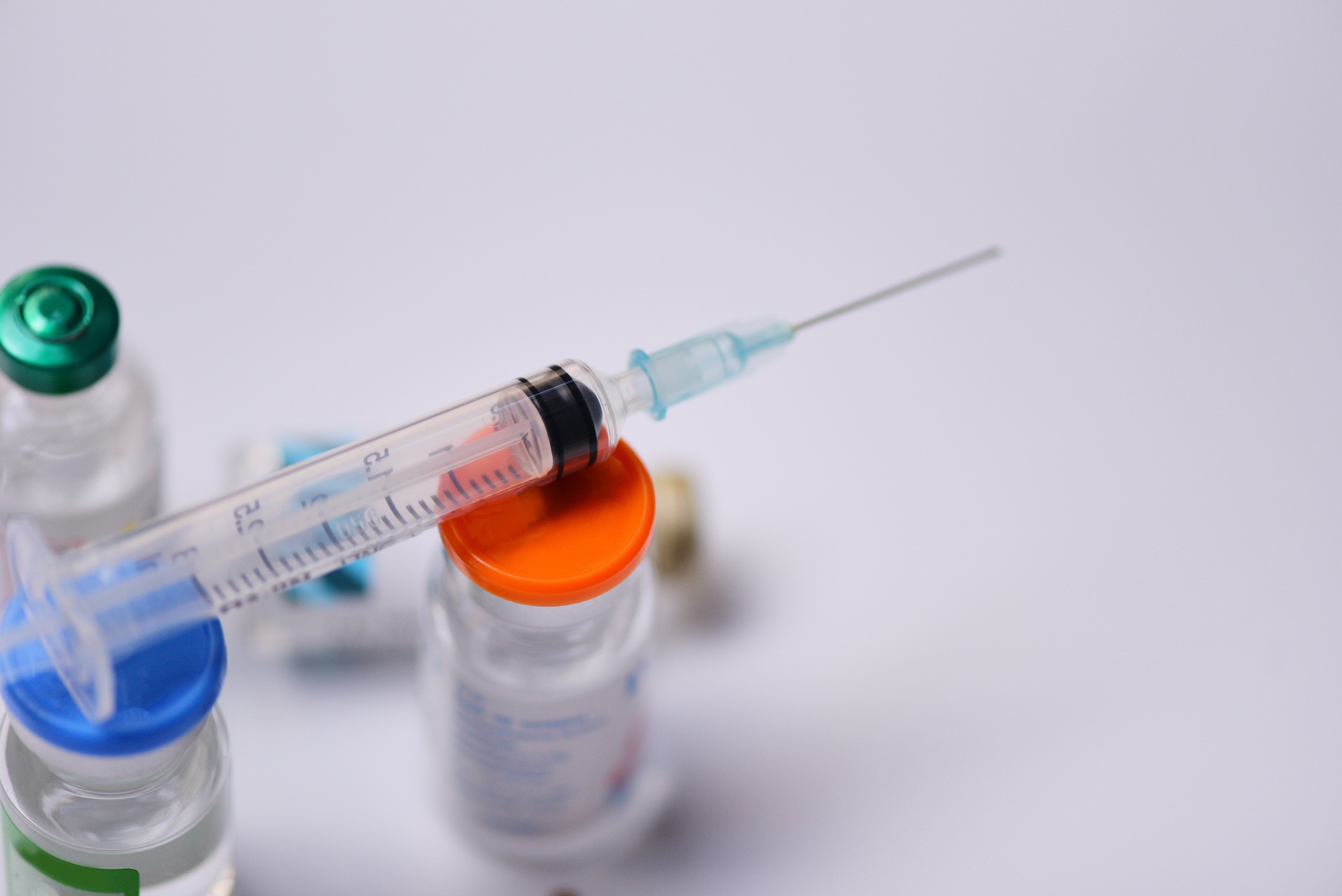 In the case Fresenius Kabi Oncology Plc and other v Eli Lilly and Company and other, by decision of 15 October 2018, the Court of Milan overturned the first instance decision (reported here) ascertaining the prima facie infringement by equivalence of Eli Lilly’s patent EP 1 313 508 (“EP ‘508”), claiming the use of pemetrexed disodium in combination with vitamin B12 and optionally a folic binding protein agent for inhibiting tumour growth, by Fresenius’ product containing pemetrexed diacid in combination with tromethamine to be reconstituted in glucose.
In the case Fresenius Kabi Oncology Plc and other v Eli Lilly and Company and other, by decision of 15 October 2018, the Court of Milan overturned the first instance decision (reported here) ascertaining the prima facie infringement by equivalence of Eli Lilly’s patent EP 1 313 508 (“EP ‘508”), claiming the use of pemetrexed disodium in combination with vitamin B12 and optionally a folic binding protein agent for inhibiting tumour growth, by Fresenius’ product containing pemetrexed diacid in combination with tromethamine to be reconstituted in glucose.
In fact, diverging from the previous decision, the Court pointed out that the relevance of the file history to construe the scope of protection of a patent and then the infringement of equivalence has to be carefully and prudentially evaluated.
In particular, according to the Judges, the file history may narrow the scope of protection only if the patentee has limited its patent during prosecution to overcome novelty/inventive step objections of the EPO and not merely for added matter reasons (deemed by the Court a formal issue concerning the literal wording of the amended claims).
As a consequence, in the case at stake, agreeing on what declared by the Panel of Court Experts who were appointed in the appeal PI proceedings, the Court denied that the amendment of the claim made by Eli Lilly during the prosecution before the EPO can be considered as a limitation implying that EP ‘508 has to be interpreted as exclusively referring to Pemetrexed disodium and not also to compounds equivalent of it. Neither did the reading of the patent lead to a different conclusion. Indeed, according to the Judges, the invention at issue did not regard the selection of a Pemetrexed salt but the reduction of the toxic effects of the active part of the active ingredient, the anion. At the date of filing of EP ‘508, the skilled person knew that the active part of Pemetrexed (that was able to penetrate into the cells and carry out its inhibition and toxic activity) is the anion, which may be obtained by different pharmaceutical forms of Pemetrexed. Therefore the skilled person would not have attributed a particular meaning to the fact that Pemetrexed was in the form of disodium salt because he would have interpreted that element as not essential to the invention. In other words, EP ‘508 has to be construed as referring to the use of Pemetrexed (leaving out of consideration the specific salt) in a combination therapy to inhibit tumour growth.
Therefore the Judges, recalling what was ascertained by the Panel of Experts, concluded prima facie infringement by equivalence of EP ‘508 by Fresenius’ product pointing out that the replacement of Pemetrexed disodium with Pemetrexed diacid was obvious to the skilled person.
As to the validity of EP ‘508, the Court highlighted that Fresenius contested it late, without filing any prior art documents able to actually support this objection and merely on the basis of the judgment of the German Federal Patent Court of July 17, 2018 declaring the German designation of Eli Lilly’s patent invalid in first instance. As a consequence, the Judges considered Fresenius’ invalidity objection inadmissible.
In other words the Court did not consider the validity of Eli Lilly’s patent. The Judges merely recalled that the Panel of Court Experts criticized the objection of the EPO Examiner on the added matter of EP ‘508, by saying that in the technical framework of the invention in question “Pemetrexed” and “Pemetrexed disodium” may not be considered two different active ingredients, even if they have different CAS numbers.
On this reasoning the Court denied the interim declaration of non-infringement sought by Fresenius, instead ordering a PI and the recall from the market of the Fresenius’ generic product containing Pemetrexed diacid/ditromethamine to be reconstituted in glucose.
 In the case Fresenius Kabi Oncology Plc and other v Eli Lilly and Company and other, by decision of 15 October 2018, the Court of Milan overturned the first instance decision (reported here) ascertaining the prima facie infringement by equivalence of Eli Lilly’s patent EP 1 313 508 (“EP ‘508”), claiming the use of pemetrexed disodium in combination with vitamin B12 and optionally a folic binding protein agent for inhibiting tumour growth, by Fresenius’ product containing pemetrexed diacid in combination with tromethamine to be reconstituted in glucose.
In the case Fresenius Kabi Oncology Plc and other v Eli Lilly and Company and other, by decision of 15 October 2018, the Court of Milan overturned the first instance decision (reported here) ascertaining the prima facie infringement by equivalence of Eli Lilly’s patent EP 1 313 508 (“EP ‘508”), claiming the use of pemetrexed disodium in combination with vitamin B12 and optionally a folic binding protein agent for inhibiting tumour growth, by Fresenius’ product containing pemetrexed diacid in combination with tromethamine to be reconstituted in glucose.


